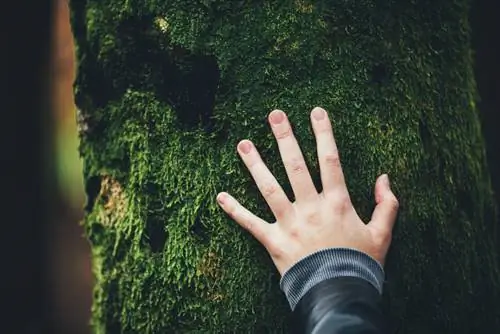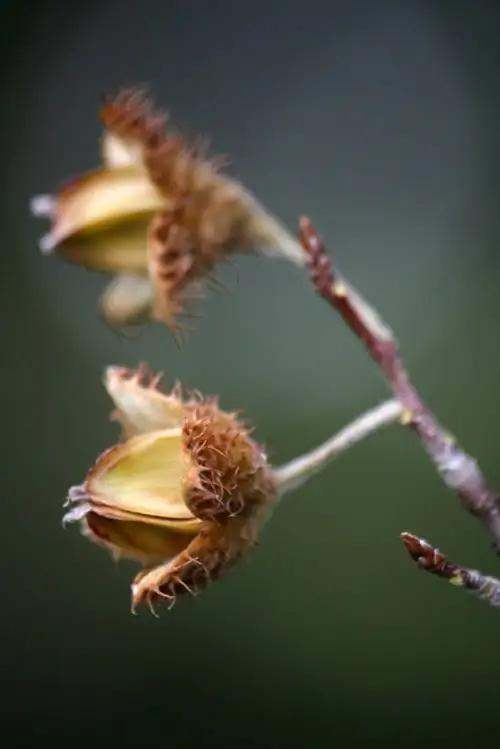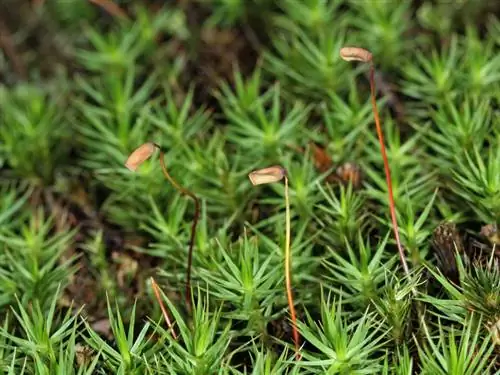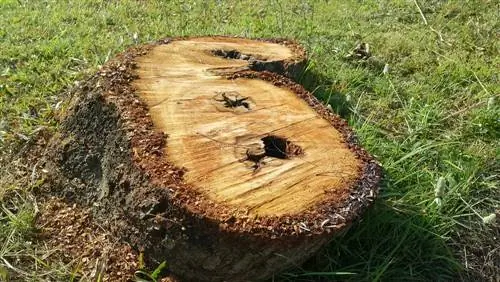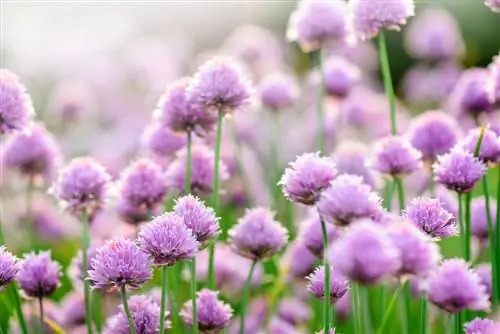- Author admin [email protected].
- Public 2023-12-16 16:46.
- Last modified 2025-01-23 11:20.
If a dense carpet of moss spreads on ornamental and fruit trees, the question of possible damage potential is obvious. The home gardener knows far too well the damage that moss can cause on pavements or in the lawn. Read here how to evaluate moss on the tree.

Does moss damage trees?
Moss on the tree does not cause any direct damage, it only serves as a base for the bark. It is an important part of the ecosystem, provides a habitat for insects and beneficial insects and can serve as an indicator plant for certain environmental conditions.
Mosses are not parasitic plants
If moss settles on a tree trunk, the bark only acts as a base. The plants hold on with delicate cell threads (rhizoids). These pseudoroots have no leadership function. Rather, moss plants take nutrients and water from their environment. At the same time, they carry out photosynthesis so diligently that they do not need outside help. Consequently, moss does not cause any immediate damage to a tree.
Important part of the ecosystem and practical indicator plant
Moss has been an important player in Mother Nature's kingdom for more than 350 million years. The tiny green plants take on important tasks in the ecosystem and serve as a meaningful indicator plant for foresters and knowledgeable home gardeners. We have put together the outstanding advantages of moss on the tree for you here:
- Valuable food source for insects
- Precious material for nest building
- Habitat for beneficial insects, such as predatory bugs
- Indicator plant for acidity, mildew, excess moisture and poor ventilation
If you want to remove the moss from the tree - regardless of its advantages - simply brush off the green covering with a hard wire brush (€2.00 on Amazon). Please do not apply pressure to avoid damaging the bark.
Unreliable as a guide
Moss on the tree only serves to a limited extent as a green orientation aid. The fact is that in our latitudes the moss usually thrives on the north or northwest side of trees. In regions with an individual microclimate, in a dense forest or in a narrow ravine, moss certainly grows in all directions. The position of the sun or a compass are definitely the more reliable guides in the wild.
Tip
If a tree trunk is densely populated with a green covering, moss is not necessarily the culprit. Green, yellow or orange lichens favor similar living conditions. In fact, lichens are not plants, but rather a symbiotic community that algae forms with a fungus. This composite organism also does no harm to trees.

